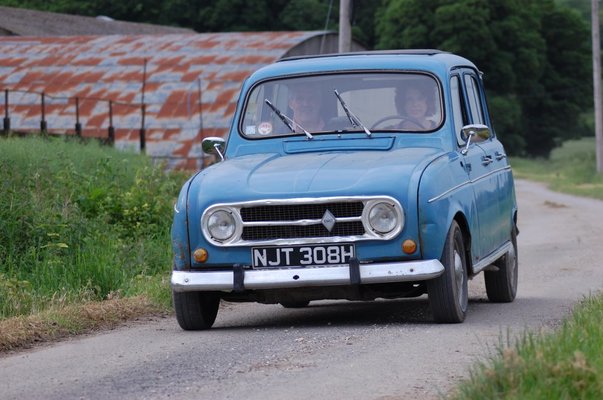Sandy Langlands
Enthusiast
- Messages
- 8
- Location
- Salisbury
Can anyone recommend so first-steps to trouble-shooting my non-starting R4.
I replaced the fuel pump this weekend as the diaphragm in the old one had given up the ghost. The car had been sat for about two months without starting but with the new pump on, she roared into life. I ran her for about twenty mins to get her to temp before shutting her off. I immediately then tried to start her again and nothing. Absolutely nothing. No click, no dash lights, nothing.
She's a 1969 - so has the old wiring circuit without the four fuse box - so I am rather at a loss of where to start. I have all the early wiring diagrams and a circuit tester - just need someone to get me started. . .
Thanks for your help!
I replaced the fuel pump this weekend as the diaphragm in the old one had given up the ghost. The car had been sat for about two months without starting but with the new pump on, she roared into life. I ran her for about twenty mins to get her to temp before shutting her off. I immediately then tried to start her again and nothing. Absolutely nothing. No click, no dash lights, nothing.
She's a 1969 - so has the old wiring circuit without the four fuse box - so I am rather at a loss of where to start. I have all the early wiring diagrams and a circuit tester - just need someone to get me started. . .
Thanks for your help!





